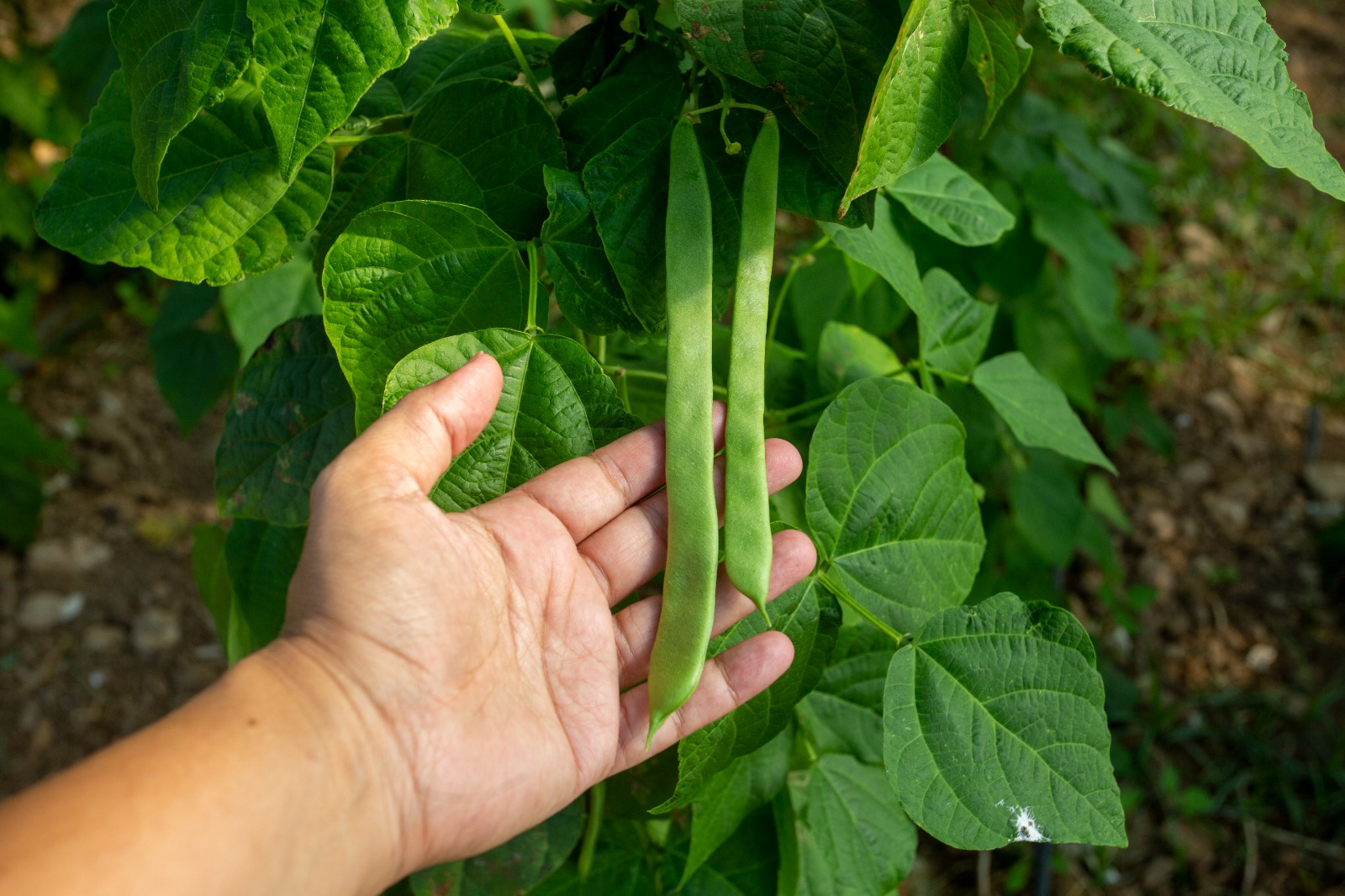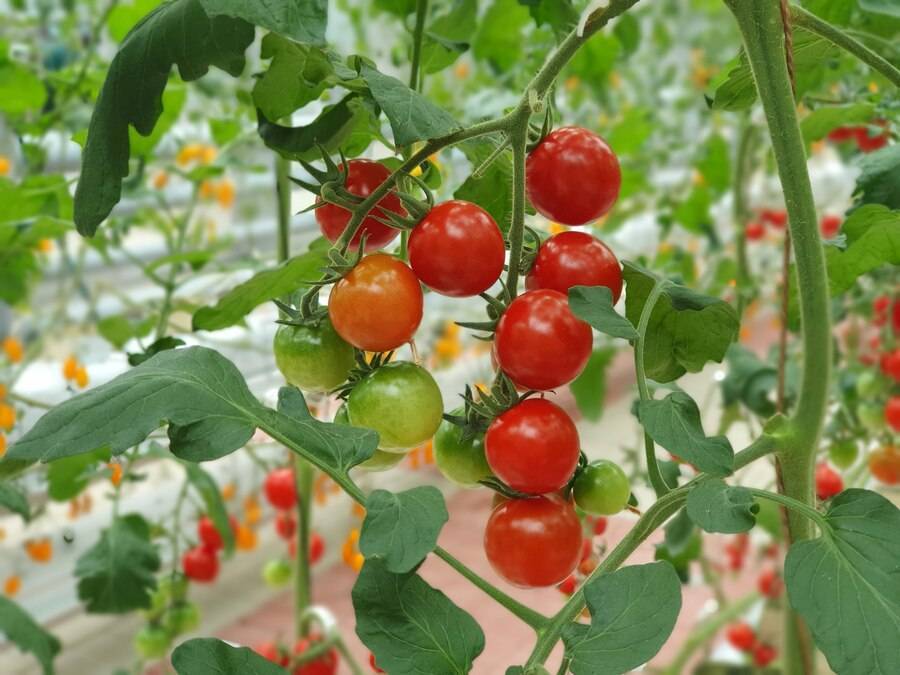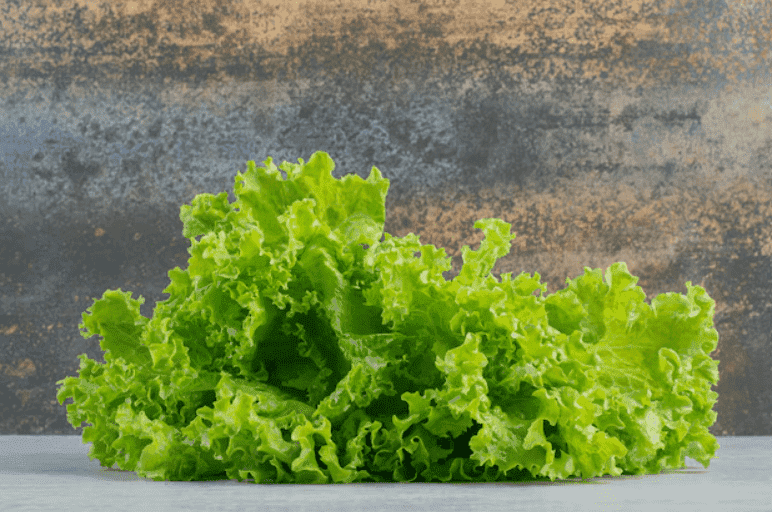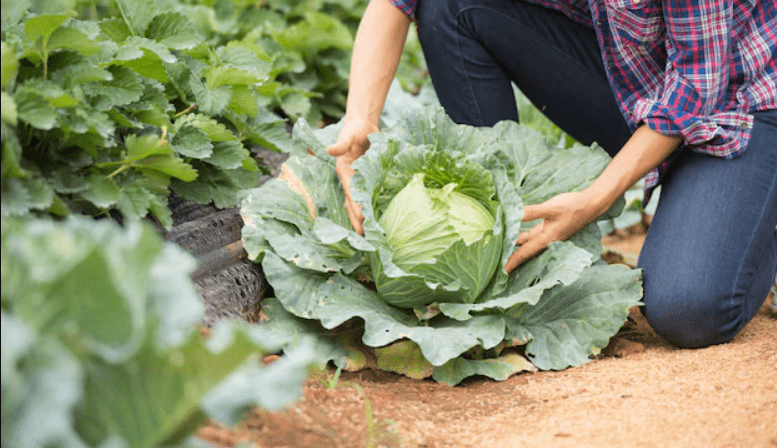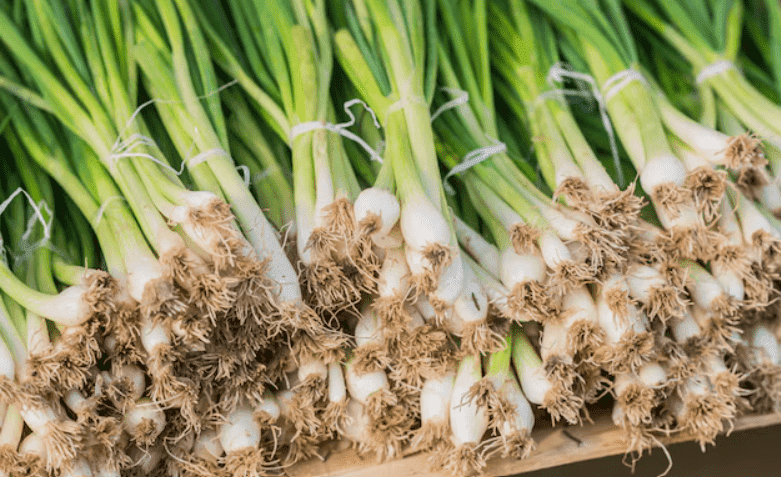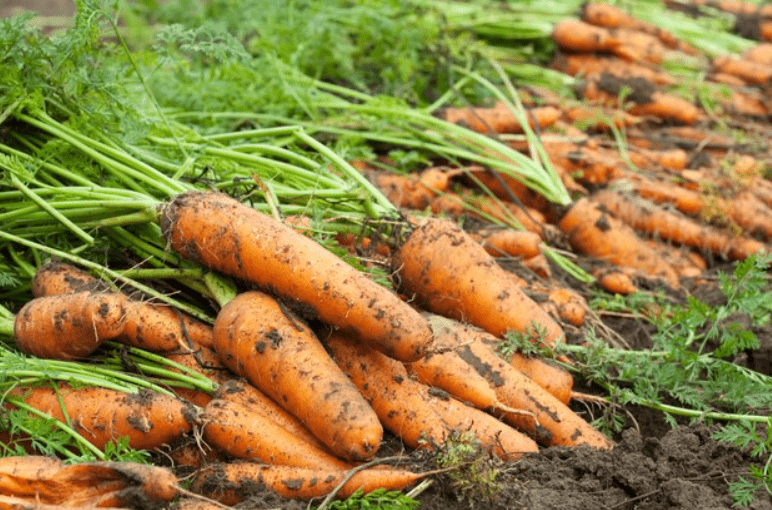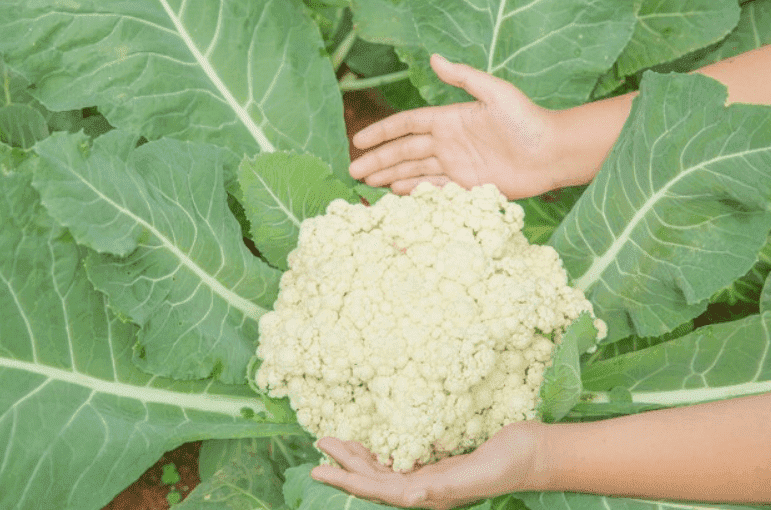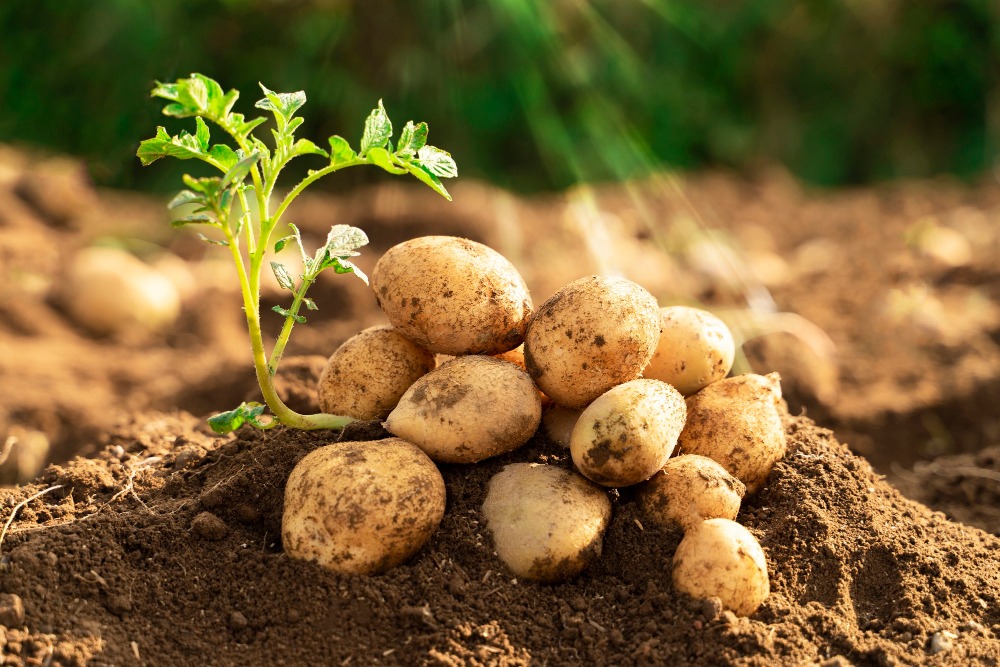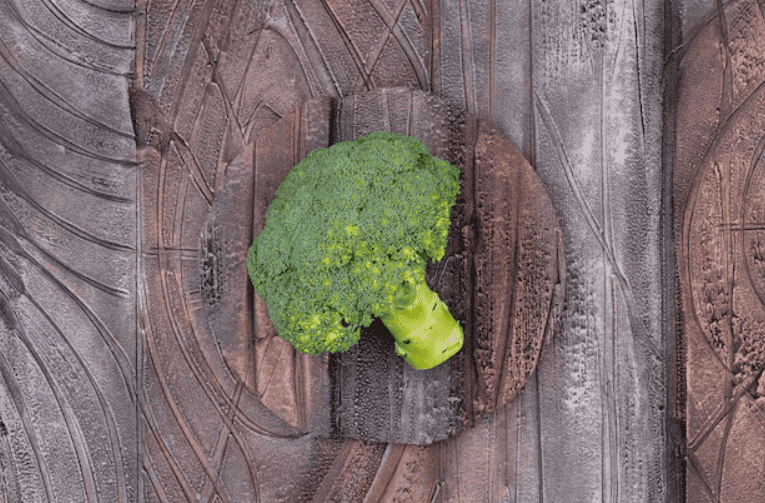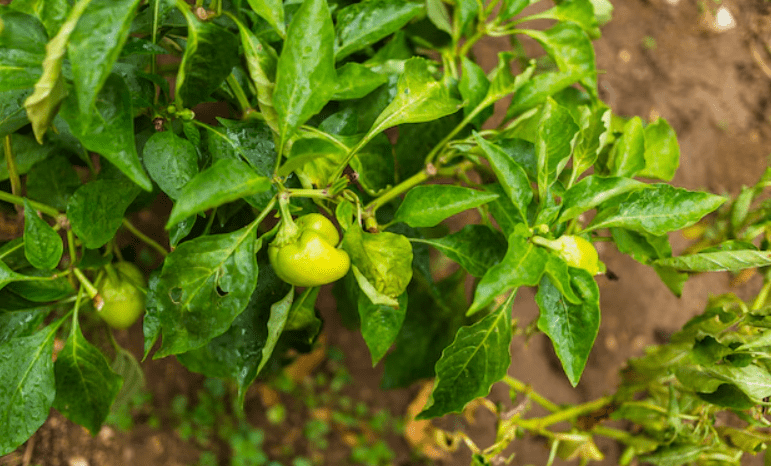Cluster beans, commonly referred to as guar in south asian countries, are a multipurpose legume widely featured in cooking. Cultivating cluster beans at home offers an excellent chance to enjoy their tender pods fresh from the garden. You can easily grow it in a compact area. Here’s a step-by-step guide on how to grow cluster beans at home.
Table of Contents
ToggleHow to Grow Cluster Beans in Pots from Seeds
Learning how to grow cluster beans in pots from seeds is simple and rewarding. Just follow these steps:
- Buy cluster bean seeds from a local nursery, order them online, or collect them from mature pods at home.
- If using homegrown seeds, remove them from fully ripened pods and dry them in sunlight for a few days.
- Once the seeds have dried, store them in a paper bag and place them in a cool, dark area until you’re ready to plant.
- Choose a pot that’s at least 10–12 inches deep to support the plant’s taproot system.
- Prepare nutrient-rich soil by incorporating compost to enhance fertility.
- Sow the seeds about 1–1.5 inches deep and lightly cover them with soil.
- To speed up germination, soak the seeds in water for 24 hours before planting.
- Maintain proper spacing, allowing 10–15 cm between plants to ensure each receives sufficient moisture and nutrients.
- Plant 3–4 seeds in one spot; once seedlings grow 4–5 cm tall, thin them out by removing the weaker ones.
- Water the soil thoroughly and place the pot in a sunny location that receives 6–8 hours of sunlight daily.
- Apply mulch at the base to retain moisture, especially when growing cluster beans in containers.
- During hot weather, water the plant daily to support healthy growth.
- Around 40 days after sowing, you’ll start to see fresh pods appear, ready for harvest.
Care Tips for Cluster Beans
If you’re learning how to grow cluster beans, paying attention to plant care is crucial. Here are some essential tips for healthy growth:
Watering Needs
Cluster bean plants thrive with regular watering, especially during their active growth phase. Inadequate moisture can slow down their maturity. However, avoid overwatering, as soggy soil can damage the roots. Drip irrigation is a smart option to maintain consistent moisture without waterlogging.
Sunlight Requirements
Ensure your plant gets 6–8 hours of direct sunlight daily. While cluster beans love the sun, harsh afternoon rays in peak summer may scorch the leaves. Provide light shade if needed.
Temperature Conditions
As a tropical crop, cluster beans flourish in warm climates. The optimal temperature for seed germination ranges between 30 °C and 35°C, while the plant grows best at around 38°C. These plants can even withstand temperatures up to 45°C, making them suitable for hot regions.
Fertilizer
About a month after planting, feed your cluster bean plant with a balanced 10-10-10 fertilizer. If a soil test indicates phosphorus deficiency, apply single superphosphate for better root and pod development.
Pests and Diseases
Cluster bean plants are susceptible to pests like leafhoppers and pod borers. Common fungal issues include powdery mildew and leaf spot. Spray a diluted mixture of Neem oil and water once a week to protect your plant naturally.
Best Season for Planting
You can sow cluster bean seeds during two optimal periods: February to March or September to October. These windows offer suitable climate conditions for strong germination and growth.
Ideal Location
Choose a site that gets 6–8 hours of sunlight daily. This is vital if you’re growing cluster beans in containers or in a backyard garden.
Soil Requirements
For healthy growth, plant cluster beans in well-drained sandy loam soil. Avoid saline or alkaline conditions. Aim for a soil pH between 7 and 8.5 for the best results.
Harvesting and Storing
Cluster beans are usually ready for harvest around three to four months after sowing, depending on the variety and growing conditions. The beans grow in clusters along the plant’s stem, and the pods should be picked when they are green and firm, but before they become too complex or fibrous.
To harvest them, gently pluck the pods by hand, being careful not to damage the branches. You can use the fresh pods immediately in cooking or dry them for storage. For drying, spread the pods out in a shaded, well-ventilated area until they are completely dried. Once dried, transfer them to airtight containers in a cool, dry place. If you prefer, you can also sun-dry the pods to ensure the beans inside are fully mature before storing.
FAQs
Are cluster beans and French beans the same?
They look similar, which often confuses. However, cluster beans are different—often considered smaller and more fibrous cousins of French beans.
Are cluster beans good for constipation?
Absolutely. Their high fiber content makes them beneficial for relieving constipation and supporting overall digestive health.
Can I eat raw cluster beans?
While some people do eat raw cluster beans, it’s not recommended. Raw beans contain lectins that can cause nausea, diarrhea, vomiting, or bloating. It’s best to cook or boil them before eating.

